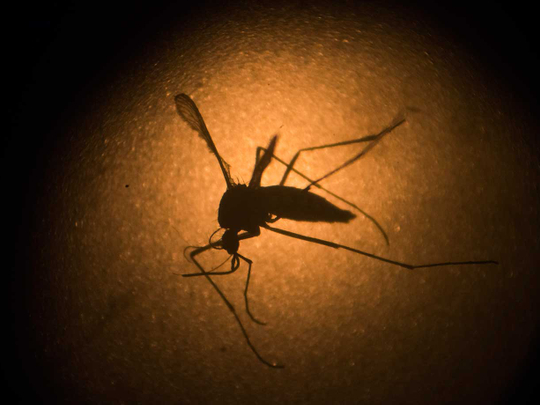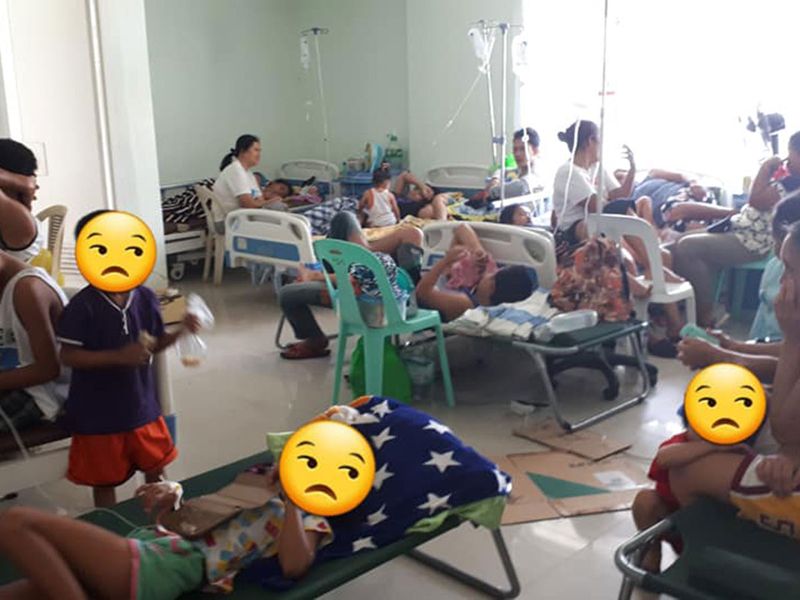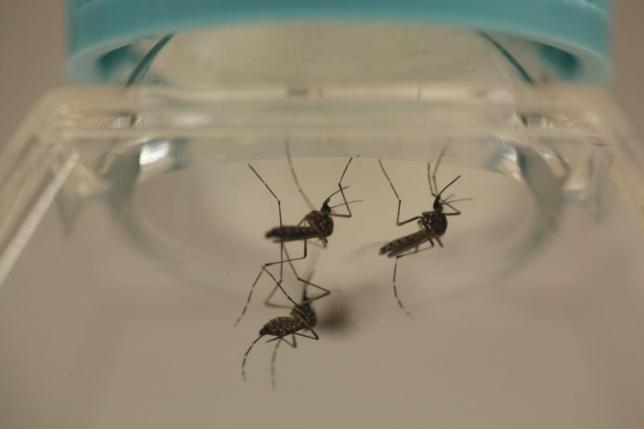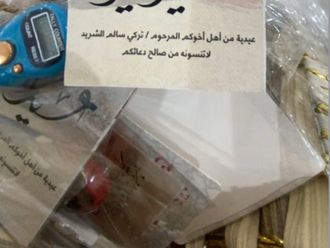
Manila: Filipinos are employing every possible natural means to help stamp out dengue as the number of people who have contracted the mosquito-borne illness reached 188,000 since January 1.
In the village of Old Balara in suburban Quezon City, village chairperson Allan Franza led the release on Saturday of 1,000 frogs as part of the community’s natural biological control management efforts amid rising cases of dengue in the area.
Television reports said that from January 1 to August 3, there were 49 cases of dengue in Old Balara. In the whole of Quezon City, there were 3,500 cases, 29 of which led to the death of the patients.

Mosquitos are part of frogs’ diet and Franza hopes that their release into the environment will help in the natural management of the insect.
Franza said the frogs were released in creeks, rivers and vacant lots.
Mosquito management
In Zamboanga City, the state-run Philippine News Agency reported that a similar mosquito management scheme will be employed to help curb the spread of dengue which so far had infected 4,500 of its residents since January 1.
The city reported 26 deaths from the disease.
City alderman Jihan Edding, chair of the city agriculture panel, said of Fisheries and Aquatic Resources Regional Director Isidro Velayo Jr had arranged for the transportation to Zamboanga City of 5,000 mosquito fish from Pangasinan province in northern Philippines’ Ilocos Region.

Mosquito fish, or Gambusia Afinis, are voracious eaters of mosquitos.
They are not endemic to the Philippines but were brought into the country by the Americans as part of measures to combat malaria, another mosquito-borne illness.
About the size of guppies reaching a full grown length at 6.35 centimetres, mosquito fish multiply very quickly.
Dengue epidemic
Dengue had spread so quickly in the Philippines in recent months that the Department of Health had declared a dengue “national epidemic.”
Health Undersecretary Eric Domingo said aside from employing natural means for controlling the proliferation of mosquitos, the health department had enjoined Filipinos to clean their surrounding regularly to deny the insects of their breeding medium which is stagnant water.
Authorities had avoided employing non-natural means of controlling mosquito infestation such as chemical fogging to prevent adverse effects on the environment.
According to the World Health Organisation, dengue is a viral infection which symptoms are similar to flu but could cause potential lethal complication called “severe dengue,” which could cause death.








